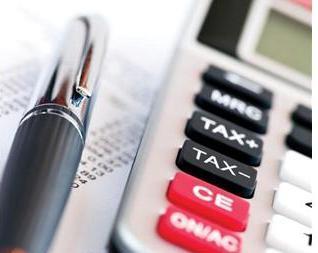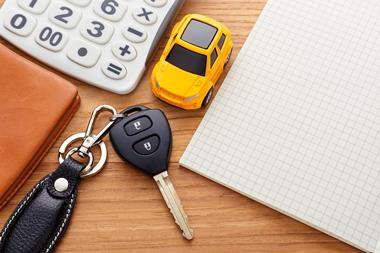In its 2018 manifesto, Biba calls for Insurance Premium Tax to be zero-rated for young drivers with telematics
Biba has called for the government to reduce the rate of IPT to zero for young drivers who have a telematics device in their cars.
Outlined in its manifesto for 2018 launched today, Biba has also stated that it wants the government to guarantee no further increases in IPT for the rest of this parliament.
In the past four years, IPT has doubled from 6% in 2013, to 12% in June 2017.
Many thought the rate might increase further later in the year, and as a result, the ABI launched a campaign and television advert ahead of the Autumn Budget on 22 November 2017.
To the surprise, and relief, of many, no increase to IPT was introduced by the chancellor of the Exchequer, Philip Hammond.
Having said that, many trade associations still feel something needs to be done.
Huw Evans, director general of the ABI said: ”Not raising IPT further in the November 2017 Budget was the right decision and reflected the much higher profile the insurance industry had successfully given to this stealth tax. But with pressures on the public purse not going away, we need to keep up the pressure on Government to commit to no further increases in this Parliament.”
Telematics relief for younger drivers
According to Biba’s manifesto, telematics policies can offer savings of up to 25% for responsible young drivers. And research from BIBA member, Marmalade found that 1 in 5 young drivers have an accident in their first six months of driving, but that improves to only 1 in 15 customers with a telematics device. That is three times less likely.
According to Ageas and the Road Safety Foundation (RSF), if the reduction was implemented, there would be 1,036 fewer accidents resulting in death or serious injury over a seven-year period.
Biba research released today shows the number of live telematics based policies reached almost one million in 2017; standing at 975,000.
The BIBA survey includes information from the leading telematics brands in the UK to determine the number of live policies which, shows an increase of nearly 30% on the 2016 figure.
Graeme Trudgill, Executive Director at BIBA, said: “It’s fantastic to see technology having such a positive effect. A high proportion of telematics policies are bought by young drivers who can really benefit from the feedback on their driving behaviours that these devices give them and take more control over their own premium. The really positive news is that that almost a million road users will now have the information to help them drive more safely.”
Evidence from BIBA member Marmalade, specialists in telematics insurance for young drivers, highlights the impact of this type of policy on road safety. Their telematics customers are three times safer than the UK average with only 1 in 15 having an accident within the first six months of passing their test compared to the UK figure of 1 in 5.
Research by LexisNexis Risk Solutions strongly supports the safety benefits of telematics and concludes that telematics insurance has done more to cut accident risk than any other road safety initiative aimed at the young driver market. Since 2011, reported road casualty rates among 17-19 year old drivers have fallen by 31.07%, compared to 11.06% for the driving population as a whole. This is attributable to the one major difference on this cohort being the increased penetration of telematics enabled policies.
Graham Gordon, LexisNexis Risk Solutions said: “The benefits of telematics insurance in the young driver market are irrefutable. The cost of offering telematics policies has fallen by as much as 50% since 2013 and consumer confidence in telematics and willingness to use this type of insurance has jumped by 136% since 2013 based on our research. This all paves the way for more drivers to benefit from new, customer friendly telematics policies.”
Ease of access and use of devices is key to encouraging telematics based insurance and Biba’s 2017 research also highlights the changing nature of technology. While ‘black box’ devices account for the majority of telematics based policies (almost 90%), BIBA’s data now captures the use of apps and onboard diagnostics (OBD). These devices now make up 10% of telematics policies; their use will be tracked going forward.
Trudgill concluded: “The road safety improvements that telematics provide are absolutely undeniable and with InsurTech making them more accessible their use should be encouraged. Previous research by Ageas and the Road Safety Foundation showed that increased uptake of these policies would result in a net cost benefit to Treasury of £212m over seven years due to the reduction in kill or serious injury accident.3 That is why we are calling for a zero rate of Insurance Premium Tax on telematics based policies bought by the under 25s.”
Ageas chief executive Andy Watson expressed support for Biba’s work on insuring autonomous vehicles in the future.
“Today’s manifesto from Biba is yet another example of them championing the real need of brokers to influence positive change. In the not too distant future, Autonomous Vehicles will mark a new era for both motoring and motor insurance. They will also radically improve road safety.
“However, until we have a network free of incidents, Ageas welcome Biba’s call for a Bill that protects all road users involved in crashes whether the fault is theirs, the technology’s or cannot be determined.”






































No comments yet